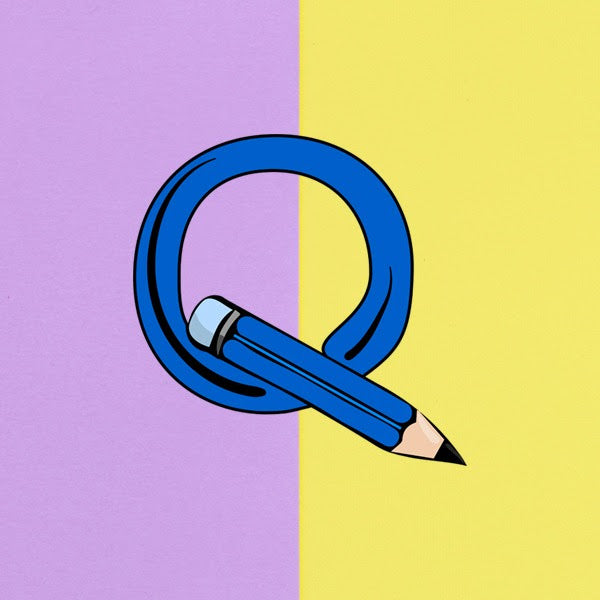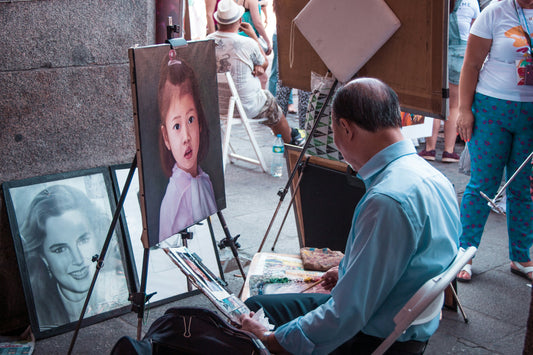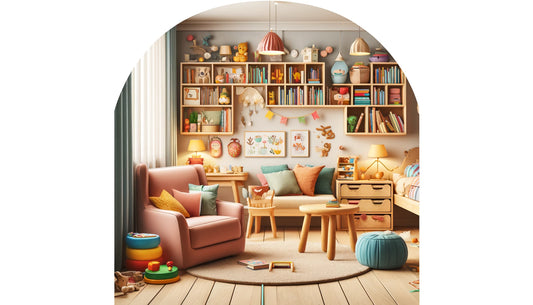Felt tip colouring pens, those trusty tools that have been unleashing creativity for decades, hold a special place in the hearts of artists, young and old alike. These versatile pens, with their vibrant colours and easy handling, are a go-to choice for both professional illustrators and parents looking for captivating ways to engage their children in art.
In this comprehensive guide, we'll take an artistic journey into the world of felt tip colouring pens. We'll explore what they are, the various types available, why they're fantastic for kids and adults, offer tips for selecting the right ones, provide guidance on using them effectively, and share insights into maintenance and care.
Whether you're new to the world of felt tip pens or a seasoned artist, this article is your ultimate resource.
Types of Felt Tip Colouring Pens
Felt tip colouring pens come in a rich tapestry of types, each with its unique characteristics and applications:
-
Water-Based Pens: Perfect for budding artists and young creators, these pens use water-soluble ink, which means they're easily washable. This makes them an excellent choice for children's art projects where messes are part of the fun. Water-based felt pens are also ideal for blending and layering colours, allowing for a wide range of artistic effects.
-
Alcohol-Based Pens: For the more serious artist, alcohol-based felt tip pens are the go-to choice. They provide a permanent, vibrant, and smooth finish that's perfect for detailed illustrations and shading. Artists love them for their ability to create gradients and subtle transitions in colour.
-
Brush Tip Pens: These pens feature a flexible brush-like tip that offers versatility in line thickness. They're a favourite among calligraphers, hand lettering enthusiasts, and artists looking for expressive and fluid strokes. The brush tip allows for dynamic and expressive artwork.
-
Fine Line Pens: When precision and intricate details are paramount, fine line felt tip pens are the tools of choice. Their fine tips are perfect for outlining, creating delicate details, and adding precision to your artwork.
-
Dual-Tip Pens: Combining the best of both worlds, dual-tip felt pens feature both a fine tip and a broader chisel or brush tip. This versatility allows artists to switch effortlessly between fine lines and broad strokes, making them suitable for a wide range of techniques and artistic styles.
Comparing Art Mediums: Felt Tip Colouring Pens and More
When it comes to choosing the right art medium, factors like vibrancy, blendability, precision, versatility, and safety all play crucial roles. To help you make an informed decision, we've compared felt tip colouring pens with other popular art mediums in the table below. This comparison will aid you in selecting the perfect tool for your creative endeavours.
Medium |
Vibrancy |
Blendability |
Precision |
Versatility |
Safety |
| Felt Tip Colouring Pens | High | Limited (Can blend with solvent) | Moderate | High | Yes |
| Coloured Chalks | Moderate | High (Easily smudged and blended) | Low | Moderate | Yes |
| Colouring Pencils | High | High (Blendable with blending tools) | High | High | Yes |
| Chalk Pastels | High | High (Blendable with fingers or tools) | Low | Moderate | Yes |
Why Are Felt Tip Colouring Pens Great for Kids?
Felt tip colouring pens are a top pick for children's creative adventures, and for good reason:
- Ease of Use: Felt pens require minimal pressure to produce vibrant hues, making them accessible to even the youngest aspiring artists for enriching all drawing ideas.
- Vibrant Colours: Children are naturally drawn to bright, bold tints, and felt tip pens deliver just that, enhancing the visual appeal of their artwork.
- Quick Drying: The speedy drying time of felt pens prevents accidental smudging, allowing kids to work confidently and without interruptions.
- Non-Toxic Options: Many felt tip pens are formulated with non-toxic inks, ensuring safety during those artistic adventures. Parents can rest easy knowing their children are creating safely.
Why Are Felt Tip Colouring Pens Great for Adults?
While felt tip pens are popular with kids, they're equally cherished by adults, including professional artists and hobbyists:
- Expressive Possibilities: The wide range of shades and tip styles allows artists to express their creativity in countless ways, from intricate details to bold strokes.
- Versatility: Felt pens are versatile tools that can be used for various applications, including illustration, colouring, lettering, and crafting.
- Portable: Their compact and portable design makes felt tip pens easy to carry, enabling artists to create wherever inspiration strikes or going on a craft holiday.
- Quick Results: Felt pens deliver instant results, making them ideal for sketching, brainstorming, and rapid prototyping.
Tips for Choosing the Right Felt Tip Colouring Pens
Selecting the perfect felt tip pens for your artistic endeavours can be an enjoyable process. Here are some tips to help you make the right choice:
-
Ink Type: Consider whether you prefer water-based or alcohol-based ink. Water-based inks are great for versatility and washability, while alcohol-based inks offer vibrancy and permanence.
-
Tip Size: Different projects require different line thicknesses. Fine line pens are perfect for detailed work, while broader tips are excellent for colouring and shading.
-
Color Variety: Assess the colour range available in the pen set. Ensure it includes the spectrum of swatches you need for your projects.
-
Brush Tips: If you enjoy calligraphy or expressive strokes, opt for pens with brush tips. They offer flexibility and can produce a range of line widths.
-
Dual Tips: For versatility, choose dual-tip pens that offer both fine and broad tips. These are suitable for various artistic styles and techniques.
-
Quality: Consider the quality and reputation of the pen brand. High-quality pens are less likely to dry out quickly and provide consistent results.
How to Use Felt Tip Colouring Pens
Using felt tip pens effectively involves a few key techniques and considerations:
-
Layering and Blending: Experiment with layering colours to create new shades and blending techniques. Start with a lighter colour and gradually add darker tones for smooth transitions.
-
Line Variation: Adjust your hand pressure to vary the line thickness. Light pressure creates fine lines, while heavy pressure produces broader strokes.
-
Paper Choice: Select the right paper for your project. Heavyweight paper prevents ink bleed-through and is ideal for markers.
-
Experimentation: Don't be afraid to try different techniques, such as stippling, cross-hatching, or pointillism, to achieve different textures and effects.
Maintenance and Care
To make the most of your felt tip pens and extend their lifespan, follow these maintenance tips:
-
Cap Care: Always cap your pens when not in use to prevent drying. Ensure the cap is securely closed to maintain ink freshness.
-
Store Vertically: Store your pens vertically with the tip facing downward. This helps prevent ink from settling at the base of the pen, ensuring consistent ink flow.
-
Avoid Excessive Heat: Keep your pens away from direct sunlight and extreme heat, as this can cause the ink to evaporate or dry out.
-
Use Correct Paper: Choose paper that's suitable for felt tip pens to prevent excessive bleed-through and feathering.
Famous Artists Who Use Felt Tip Pens
Felt tip pens have found their way into the hands of renowned artists who have created stunning and iconic artworks with them. Some notable artists who have embraced these pens include:
-
Jean-Michel Basquiat: The legendary American artist and neo-expressionist used felt tip pens extensively in his drawings and graffiti-inspired works.
-
Mr Doodle: Known for his unique visual language and street art, Mr Doodle often used a chunky felt pens to create his iconic figures and symbols, including doodling his own house.
-
Andy Warhol: Even the iconic pop artist Andy Warhol explored felt tip pen art in his later years, creating portraits and drawings.
-
Yayoi Kusama: The contemporary Japanese artist, famous for her polka dots and immersive installations, has used felt tip pens to create intricate and repetitive patterns.




